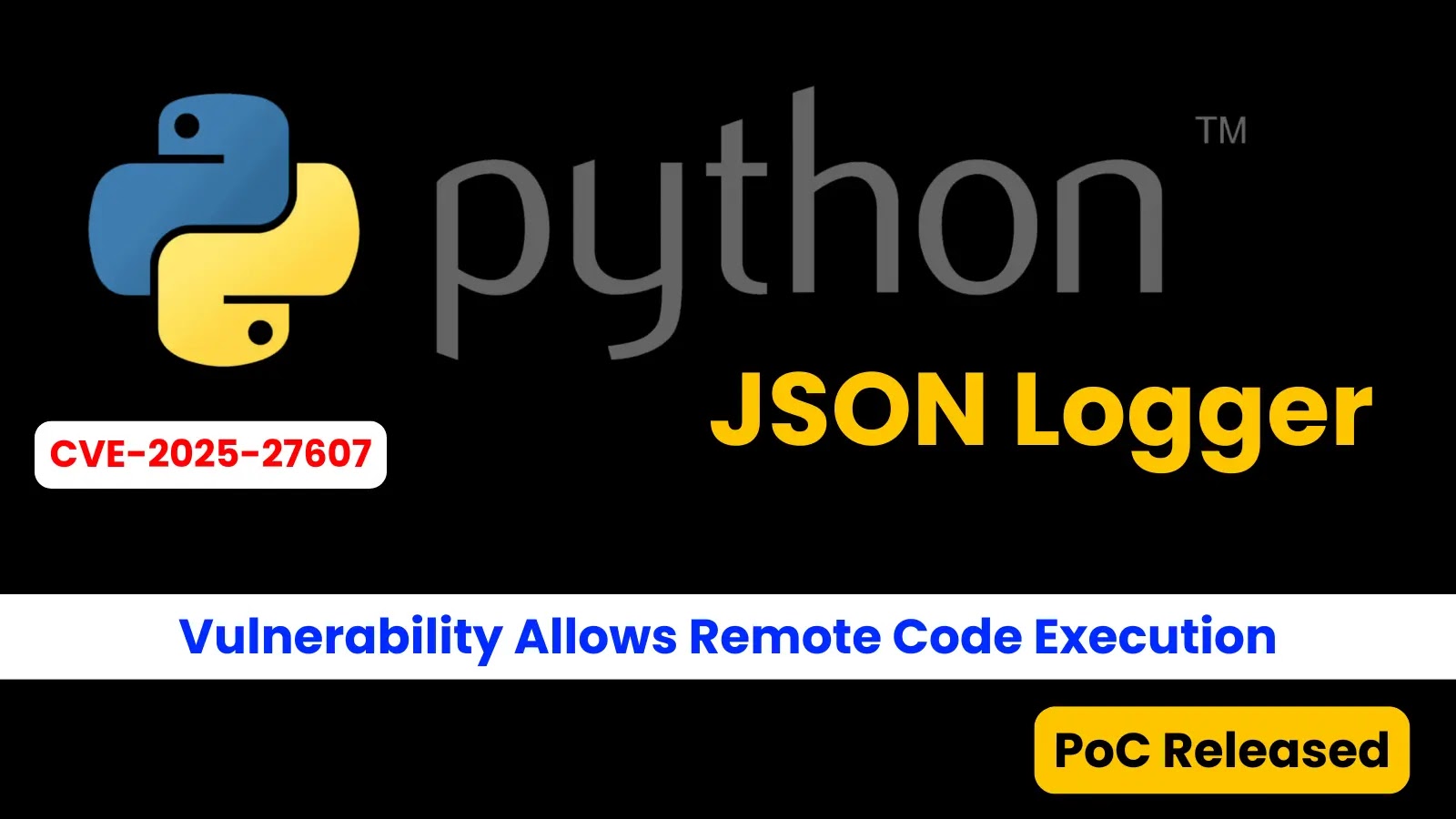In recent developments, the cybercriminal group known as Blind Eagle, also referred to as AguilaCiega, APT-C-36, and APT-Q-98, has been identified leveraging the Russian bulletproof hosting service Proton66 to orchestrate sophisticated phishing campaigns and deploy remote access trojans (RATs) against Colombian financial institutions. This revelation underscores the evolving tactics of threat actors in exploiting resilient hosting infrastructures to facilitate malicious activities.
Proton66: A Bulletproof Haven for Cybercriminals
Proton66, a Russian-based bulletproof hosting provider, has gained notoriety for offering services that intentionally disregard abuse reports and legal takedown requests. This deliberate negligence provides cybercriminals with a stable platform to host phishing sites, command-and-control servers, and malware delivery systems without fear of disruption. The resilience of such hosting services complicates efforts by cybersecurity professionals and law enforcement agencies to mitigate and dismantle malicious operations.
Blind Eagle’s Modus Operandi
Trustwave SpiderLabs, in a comprehensive analysis, connected Blind Eagle’s activities to Proton66 by examining digital assets linked to the hosting service. The investigation revealed a pattern of domains with similar naming conventions, such as gfast.duckdns[.]org and njfast.duckdns[.]org, all resolving to the IP address 45.135.232[.]38 associated with Proton66. These domains, active since August 2024, were utilized to host malicious content, including phishing pages and Visual Basic Script (VBS) files serving as initial attack vectors.
The use of dynamic DNS services like DuckDNS plays a pivotal role in these operations. By rotating subdomains tied to a single IP address, attackers can evade detection mechanisms that rely on static domain analysis. This strategy enhances the stealth and persistence of their campaigns, making it challenging for defenders to identify and block malicious domains effectively.
The Role of Visual Basic Script in Malware Deployment
Despite being considered outdated, Visual Basic Script remains a favored tool among cybercriminals due to its compatibility with Windows systems and its ability to execute silently in the background. In Blind Eagle’s campaigns, VBS files act as loaders for second-stage tools, primarily off-the-shelf RATs like AsyncRAT and Remcos RAT. These scripts are adept at downloading malware loaders, bypassing antivirus defenses, and blending seamlessly into normal user activities. Their lightweight nature makes them ideal for initiating multi-stage attacks that culminate in the deployment of more sophisticated malware, including data stealers and keyloggers.
Targeting Colombian Financial Institutions
Blind Eagle’s phishing campaigns have been meticulously crafted to impersonate legitimate Colombian banks and financial institutions, including Bancolombia, BBVA, Banco Caja Social, and Davivienda. The deceptive websites are designed to harvest user credentials and other sensitive information by mimicking the appearance and functionality of official banking portals. This social engineering tactic exploits the trust users place in these institutions, increasing the likelihood of successful credential theft.
The VBS payloads hosted on Proton66’s infrastructure are engineered to retrieve encrypted executable files from remote servers. These executables function as loaders for commodity RATs, granting attackers remote control over infected systems. The deployment of such RATs enables a range of malicious activities, from data exfiltration to the installation of additional malware, further compromising the security of affected organizations.
Obfuscation Techniques and Crypter Services
An analysis of the VBS code utilized in these campaigns revealed overlaps with Vbs-Crypter, a tool associated with a subscription-based crypter service known as Crypters and Tools. Crypters are software tools designed to obfuscate and pack malware payloads, enhancing their ability to evade detection by security solutions. By employing such services, Blind Eagle increases the stealth and effectiveness of their malware, complicating efforts to identify and neutralize their operations.
Botnet Infrastructure and Command-and-Control Capabilities
Further investigations by Trustwave uncovered a botnet panel within the Proton66-hosted infrastructure. This panel provides attackers with the capability to control infected machines, retrieve exfiltrated data, and interact with compromised endpoints. The functionalities offered by this botnet management suite are typical of commodity RATs, enabling a broad spectrum of malicious activities, including real-time monitoring, data theft, and the deployment of additional malware payloads.
Exploitation of Known Vulnerabilities
The disclosure of Blind Eagle’s activities coincides with reports from Darktrace detailing a campaign targeting Colombian organizations since November 2024. This campaign exploited a now-patched Windows vulnerability (CVE-2024-43451) to download and execute next-stage payloads. The rapid adaptation of such vulnerabilities highlights the group’s persistence and ability to evolve their tactics in response to security measures. It underscores the necessity for timely vulnerability management and patch application as critical components of an organization’s cybersecurity strategy.
Broader Implications and Security Recommendations
The activities of Blind Eagle, facilitated by Proton66’s bulletproof hosting services, exemplify the challenges posed by resilient cybercriminal infrastructures. The use of such services complicates efforts to disrupt malicious operations, as they provide a stable and anonymous platform for threat actors. This situation calls for enhanced international cooperation and the development of strategies to address the legal and technical challenges associated with bulletproof hosting providers.
Organizations, particularly those in the financial sector, are advised to implement comprehensive security measures to mitigate the risks posed by such sophisticated campaigns. Recommendations include:
– Regularly Updating and Patching Systems: Ensure that all software and systems are up-to-date with the latest security patches to protect against known vulnerabilities.
– Enhancing Email Security Protocols: Deploy advanced email filtering solutions to detect and block phishing attempts, and educate employees on recognizing phishing emails.
– Implementing Multi-Factor Authentication (MFA): Require MFA for accessing sensitive systems and data to add an additional layer of security against credential theft.
– Monitoring Network Traffic: Utilize intrusion detection and prevention systems to monitor for unusual network activity that may indicate a compromise.
– Conducting Regular Security Training: Educate employees about the latest cyber threats and safe computing practices to reduce the risk of successful social engineering attacks.
By adopting these measures, organizations can enhance their resilience against the evolving tactics of threat actors like Blind Eagle and mitigate the potential impact of their malicious activities.



